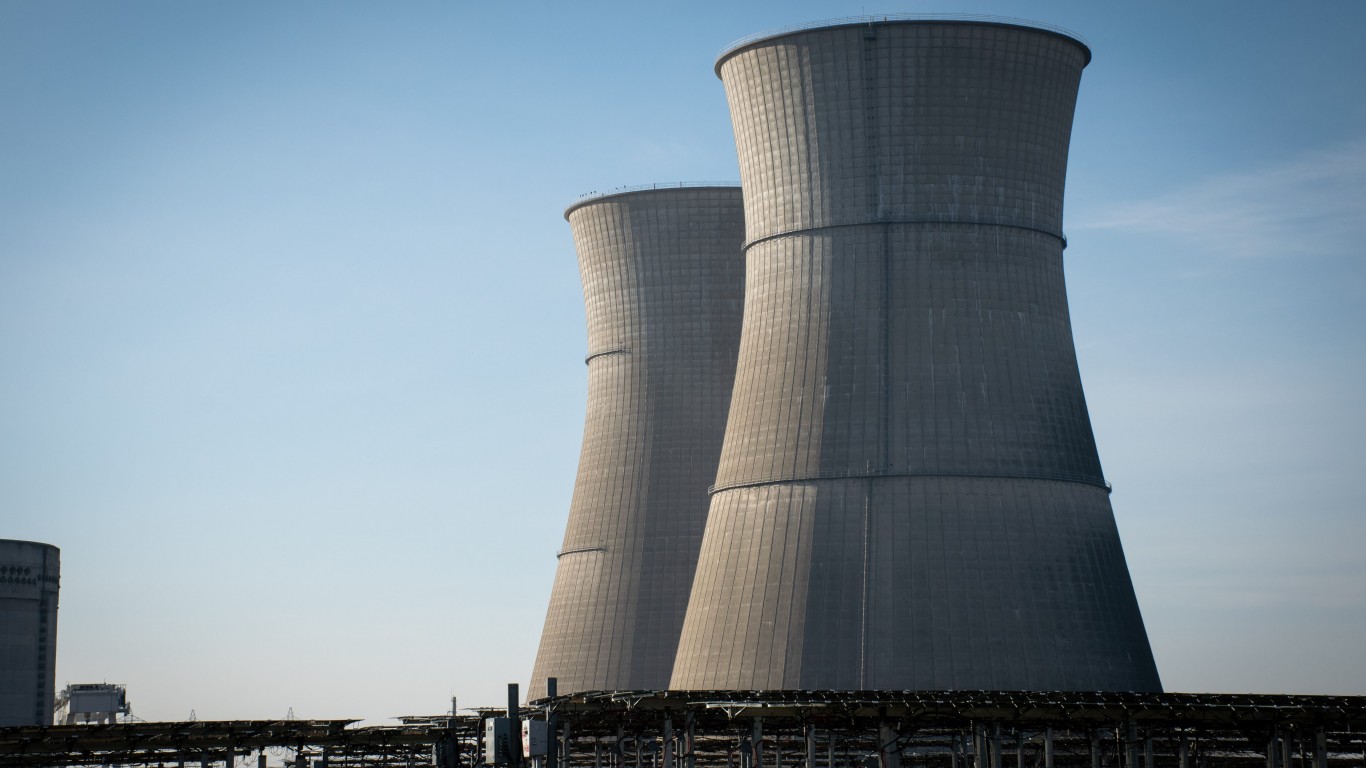
The $787 billion federal stimulus package enacted last year included $20 billion to subsidize energy efficiency programs in the states. Adding insulation, installing more efficient lighting, and other such seemingly small changes add up to significant savings of both energy and money.
Companies like Chevron Corp. (NYSE:CVX), Johnson Controls Inc. (NYSE:JCI), Honeywell International Inc. (NYSE:HON), and Lockheed Martin Corp. (NYSE:LMT) are all big players in the energy efficiency market and stand to profit nicely if
the government can get the money to where it’s supposed to go. That’s not as simple as it sounds.
A political battle is also shaping up in the US Senate, as Democrats prepare to release climate change legislation next week. While the energy efficiency dollars are already in the pipeline, new legislation on climate change could dramatically alter the funding landscape for alternative energy going forward.
On one side, Republicans are expected to argue that Democratic plans cost too much and will only add to the already massive federal budget deficit. Republicans also expect that the proposed legislation will contain a revenue-raising mechanism to pay for developing alternatives to burning hydrocarbons. Their argument is likely to be that this “tax” will stifle job creation because potential employers won’t be able hire new workers if they are forced to pay a new tax. Instead of spending on green initiatives, remove all restrictions on drilling for hydrocarbons and let the market decide the winner.
On the Democratic side of the aisle, Senators are sure to point out that the President has announced his support for new offshore drilling to reduce US dependence on foreign oil, support for new nuclear power plants, and development of clean coal initiatives. Combined with the $20 billion in the stimulus package, the Democrats believe that they have a strong argument for climate change legislation based on energy independence and green job creation.
In its distilled form, what the President and the Democrats are proposing is modelled on the approach they took with health care reform. Put relatively small amounts of federal money into a large number of promising programs, and wait to see what comes out the other end. Basing a decision to kill any possible solution before it has even been evaluated is self-defeating. And Democrats will argue that is just what the Republicans are doing: killing the goose before it can lay any kind of egg.
If alternative energy were considered a real threat to entrenched energy companies we’d be seeing a lot more investment by oil and coal companies in alt energy companies. The oil companies have made some small bets to hedge against being left completely behind in the event alt energy turns out to be a winner, but coal companies have simply ignored the whole scene.
The established companies are content to let the different alternative technologies battle it out while they sit back and wait for winners to emerge. Then they can use their company’s war chest to scoop up the winners. Less risk, same reward.
On the job creation front, it’s unlikely that either the House or Senate bill will generate massive numbers of jobs in the short run. The Democrats hope to kick-start green job creation, especially in manufacturing. That will be harder than it sounds.
The Obama administration has authorized substantial tax credits for creating green manufacturing in the US, but included in the legislation credits for assembling parts that were manufactured somewhere else. While these jobs help, by themselves they are unlikely to boost manufacturing employment in the US. According to an economist at the University of Massachusetts-Amherst cited in the New York Times, fewer than 500 applications have been received by the federal government for these tax breaks, and if every one were approved, only 75,000 new green manufacturing jobs would be created. Green manufacturing employs, at most, 15,000 workers in the US, and many of the employers are foreign companies.
The rather lame results so far have not turned off the lobbying efforts of the alternative energy industry. In 2009, the industry spent $30 million on lobbying, less than a fifth of the $168 million spent by Big Oil. One significant achievement of the alt energy lobbying was the eight-year extension of the Solar Investment Tax Credit that Congress approved in 2008. Money, as they say, talks. And alt energy is finally finding its voice.
Paul Ausick
Take Charge of Your Retirement In Just A Few Minutes (Sponsor)
Retirement planning doesn’t have to feel overwhelming. The key is finding expert guidance—and SmartAsset’s simple quiz makes it easier than ever for you to connect with a vetted financial advisor.
Here’s how it works:
- Answer a Few Simple Questions. Tell us a bit about your goals and preferences—it only takes a few minutes!
- Get Matched with Vetted Advisors Our smart tool matches you with up to three pre-screened, vetted advisors who serve your area and are held to a fiduciary standard to act in your best interests. Click here to begin
- Choose Your Fit Review their profiles, schedule an introductory call (or meet in person), and select the advisor who feel is right for you.
Why wait? Start building the retirement you’ve always dreamed of. Click here to get started today!
Thank you for reading! Have some feedback for us?
Contact the 24/7 Wall St. editorial team.




